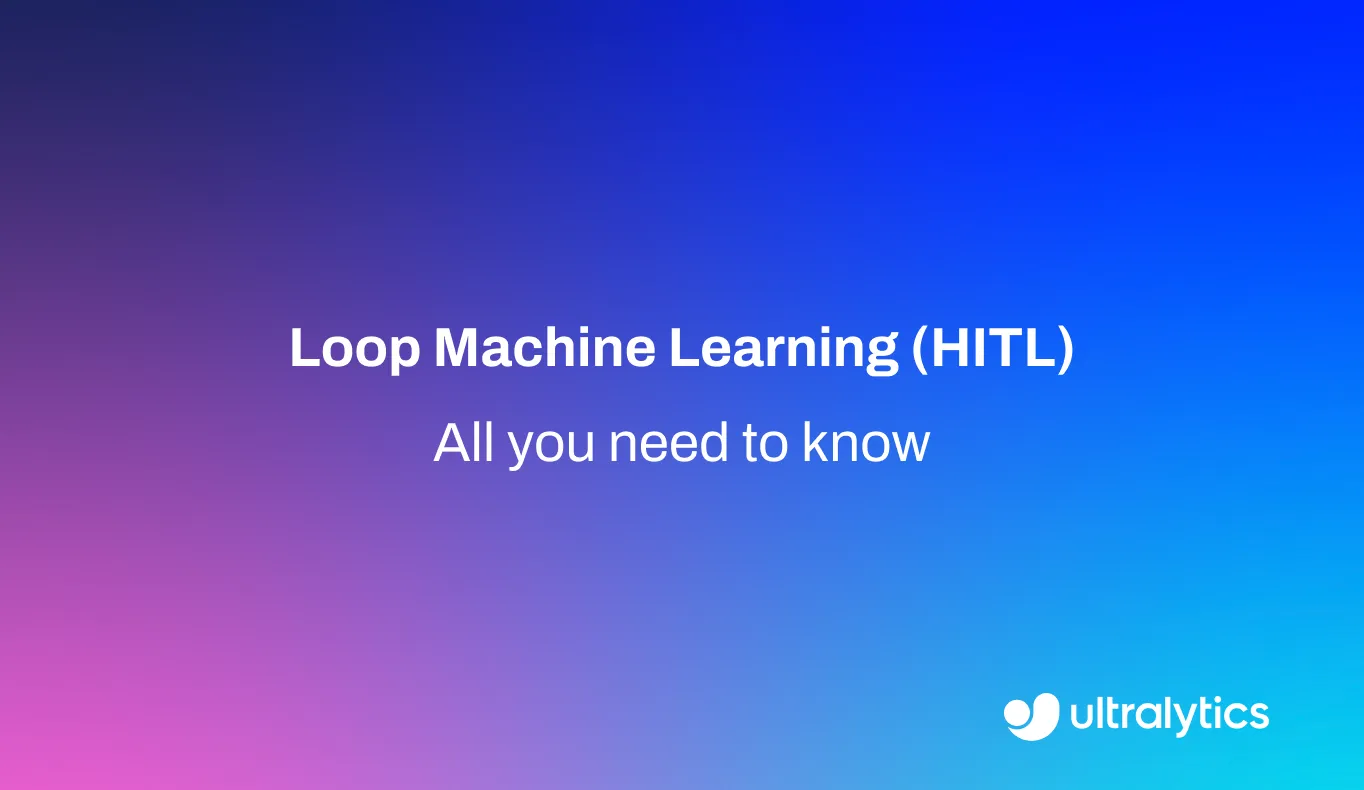Recommendation System
Discover how recommendation systems use AI and machine learning to deliver personalized suggestions, boost engagement, and drive decisions online!
A recommendation system is a type of information filtering system that seeks to predict the "rating" or "preference" a user would give to an item. These systems are a cornerstone of modern Weak AI and are widely used to guide users to relevant products, services, or content in an overwhelming sea of options. By analyzing user data, such as past behavior and explicit feedback, these systems create personalized experiences that drive engagement, increase sales, and improve user satisfaction. The underlying technology is a core application of Machine Learning (ML), using algorithms to find patterns in large datasets.
How Recommendation Systems Work
Recommendation systems primarily operate using one of three approaches, or a combination of them. The choice of method depends on the type of available data and the specific goals of the application.
- Collaborative Filtering: This popular technique makes predictions based on the behavior of similar users. It operates on the principle that if person A has the same opinion as person B on one issue, A is more likely to have the same opinion as B on a different issue. For example, it recommends a movie to a user based on the preferences of other users with similar tastes.
- Content-Based Filtering: This method uses the attributes or features of items to make recommendations. If a user has positively rated several action movies, the system will recommend other action movies, assuming the user is interested in that genre. This approach relies on having good descriptions of items, which can be extracted using techniques like Natural Language Processing (NLP) for text or even computer vision for images.
- Hybrid Models: These models combine collaborative and content-based filtering to leverage their respective strengths and mitigate their weaknesses. A common hybrid approach is to use content-based filtering to solve the "cold start" problem for new items and then use collaborative filtering as more user interaction data becomes available.
Real-World Applications
Recommendation systems are integral to the user experience on many digital platforms.
- E-commerce Personalization: Online retail platforms like Amazon use sophisticated recommendation systems to enhance the customer experience. They analyze your purchase history, items you've viewed, and what other customers with similar habits have bought to suggest products. These systems can be enhanced by using knowledge graphs to understand complex relationships between products, categories, and user preferences, leading to more relevant suggestions for AI in retail.
- Content Streaming Services: Services such as Netflix and Spotify are famous for their powerful recommendation engines. The Netflix recommendation algorithm analyzes your viewing habits, the time of day you watch, and your ratings to curate a personalized homepage. Similarly, Spotify's recommendation system creates playlists like "Discover Weekly" by analyzing your listening history and comparing it to the playlists of other users.
Challenges And Considerations
Despite their success, recommendation systems face several challenges:
- Cold Start Problem: Difficulty making recommendations for new users (user cold start) or new items (item cold start) due to a lack of interaction data. Researchers continue to explore new approaches to the cold start problem.
- Data Sparsity: The user-item interaction matrix is often very sparse, as users typically engage with only a tiny fraction of the available items.
- Scalability: Systems must handle potentially millions of users and items efficiently, requiring optimized algorithms and infrastructure. This often involves powerful frameworks like PyTorch and TensorFlow.
- Evaluation: Offline metrics don't always correlate perfectly with online performance. A/B testing is often necessary to measure the true impact on user satisfaction.
- Ethical Concerns: Issues include creating filter bubbles that isolate users from diverse perspectives, promoting echo chambers, potential for algorithmic bias, and ensuring data privacy. Adhering to principles of AI Ethics is crucial.
Developing and deploying these systems often involves robust MLOps practices, similar to those facilitated by platforms like Ultralytics HUB for managing the lifecycle of AI models, from training and validation to final model deployment.








